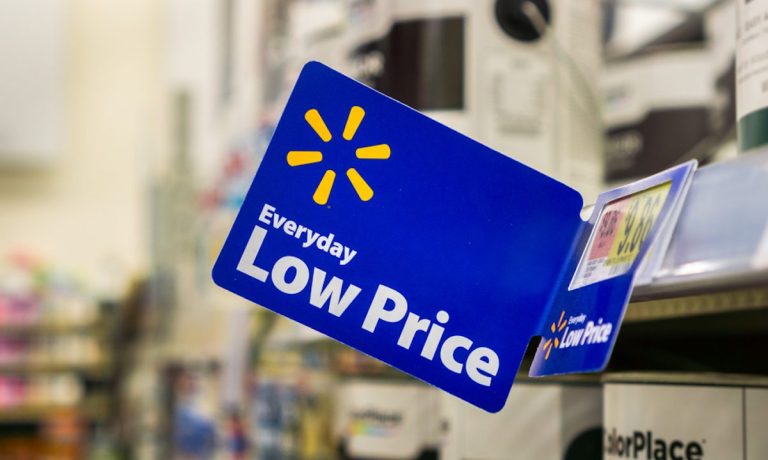
With low prices at the core of its value prop for consumers, Walmart grocery may actually benefit from rising inflation in food and beverage categories. The company gained share in grocery in the second quarter of FY21, with sales rising 6 percent, the retailer announced on Tuesday (Aug. 17). This increase amounted to a $2.4 billion increase in food sales year over year, and a roughly $5.5 billion increase on a two-year basis.
“We’ve seen some inflation in the low single digits,” John Furner, president and CEO of Walmart U.S., told analysts on a call. “But the thing I watch, that I think is most important, is that we see our unit share in categories like food growing faster than our dollar share, to ensure that we can position ourselves well in terms of retail value for the customer and play a role in keeping inflation down for the country.”
You may also like: AMZN vs. WMT Weekly: Marketplaces, Groceries And Payments Predictions
Discussing the company’s ability to maintain its sales growth even without the stimulus checks that consumers have received over the last year and a half, Brett Biggs, the company’s EVP and CFO, noted that the grocery category brings stability to the business. He added that the category “sometimes gets overlooked, despite the size and the importance of that for our company.” Grocery accounts for well over half of Walmart’s sales.
During the quarter, the company saw food categories grow in the low teens on a two-year stack, which Walmart attributes to its competitive pricing and its investments in its fresh food offerings. In November of 2019, the company launched its Produce 2.0 initiative, which featured an open market-inspired design for the produce section, wider aisles, an organic section, updated signage and improvements to the workflow to make it easier to keep items in stock.
“It was really well-timed, given what happened during the pandemic … from an in-stock point of view, that’s been one of the bright spots in terms of us being able to get product and display [it] well,” said a company executive on the call. “It’s one thing to stay in stock on Cornflakes, it’s another to merchandise fresh, and the teams have been doing a nice job during this period.”
Additionally, Furner pointed to growth in food sales through the company’s digital channels. For instance, Sam’s Club, the retailer’s chain of membership-only warehouse clubs, recently announced the pilot of a Scan & Ship feature, which allows shoppers to scan items in stores from their mobile devices to be shipped to their homes within the next several business days. The feature leverages grocery shoppers’ growing interest in taking control of their own shopping experiences.
“I think it’s a number of factors driving self-serve … I think it’s contactless, it’s the convenience factor, it’s not wanting to have to come into the club,” Tim Simmons, senior vice president and chief product officer at Sam’s Club, told Karen Webster in a recent interview. “In terms of where it goes, I really think we’re on the cutting edge of self-service with Scan & Go and Scan & Ship … I can’t think of an easier way to do self-serve.”
Read more: Sam’s Club Touts 90 Pct Re-Use Rate For Its Touchless Checkout And Delivery Tech
In addition to produce, fresh meat and flowers were also category leaders for fresh, frozen and cooled goods, while for shelf-stable groceries, drinks, snacks, candy and alcoholic beverages were top performers. The retailer expects to continue to gain share in grocery in the quarters ahead.